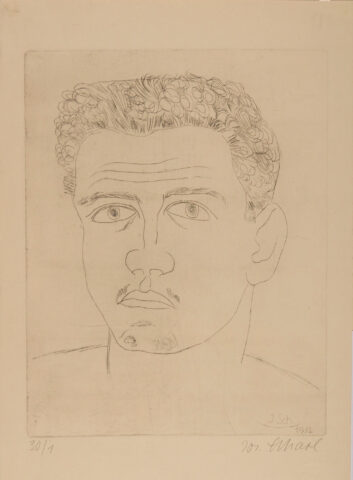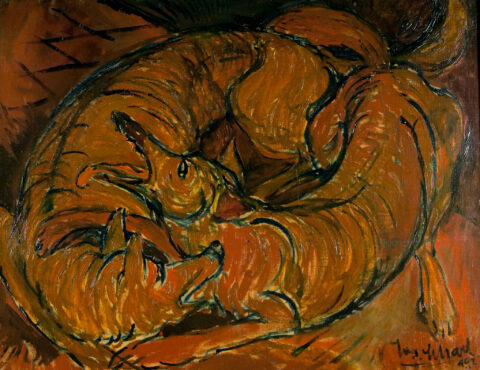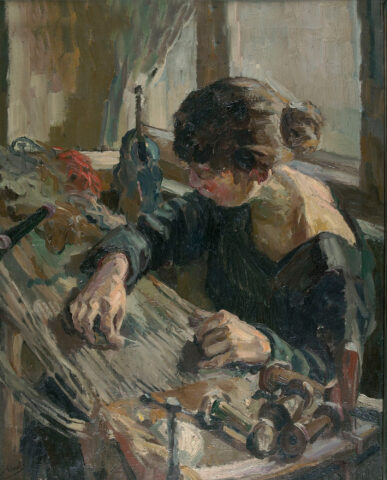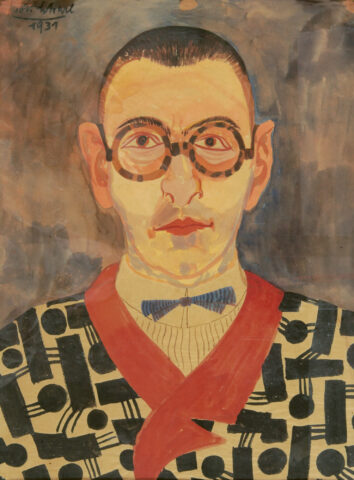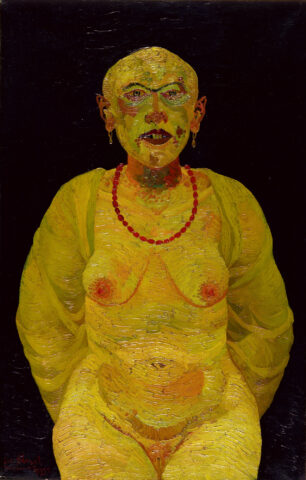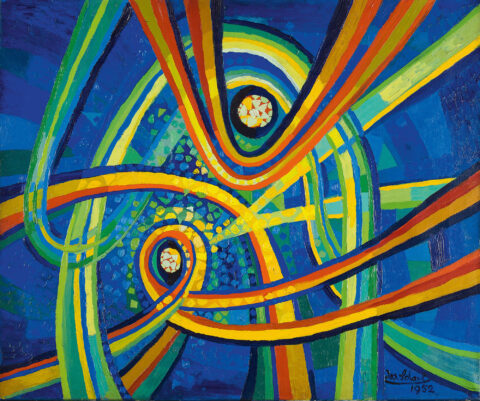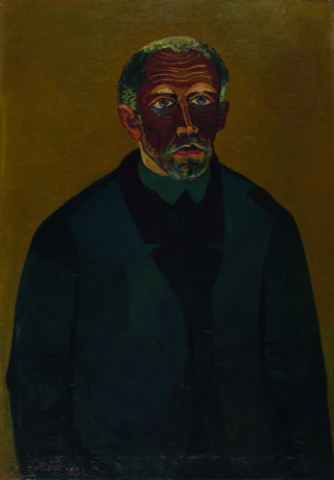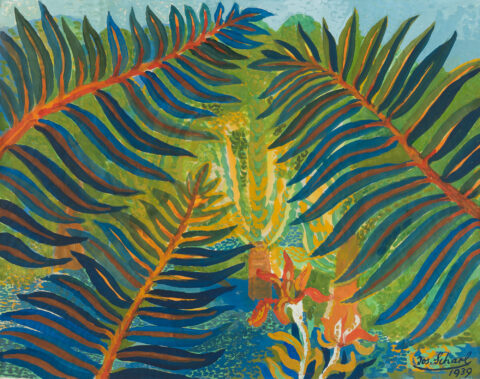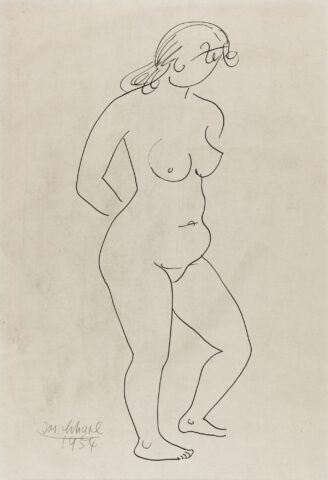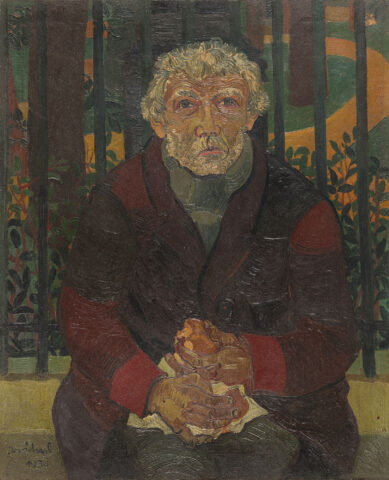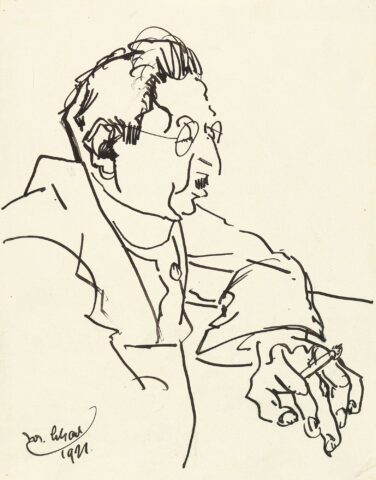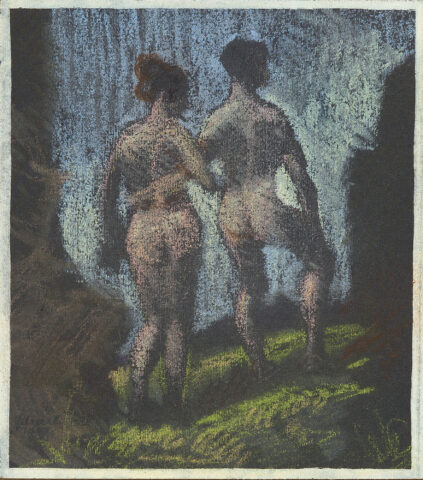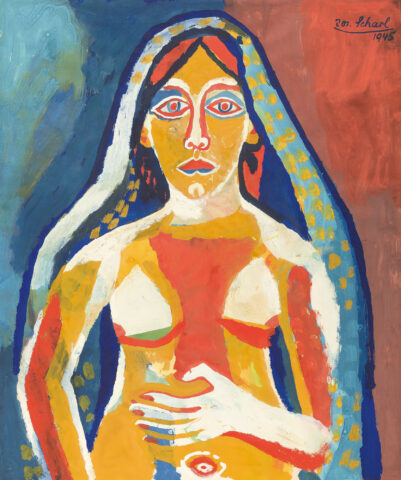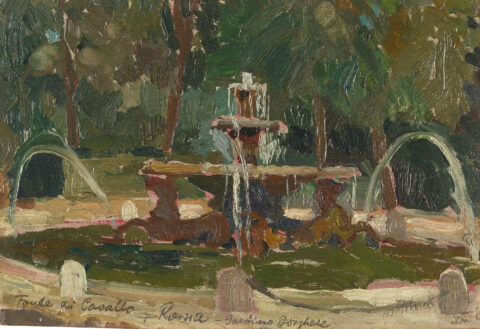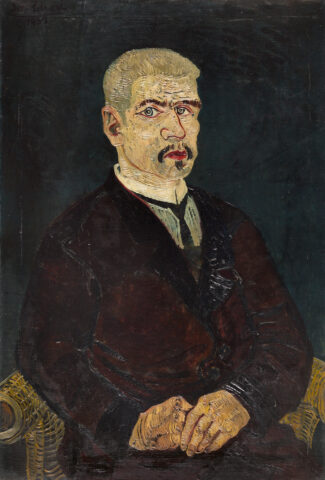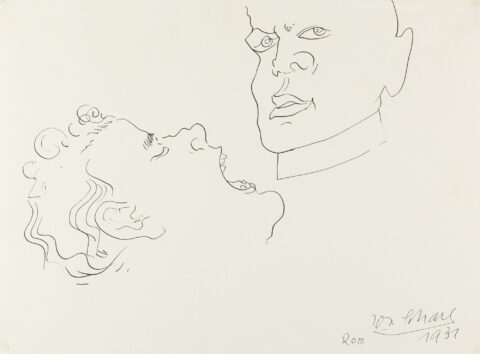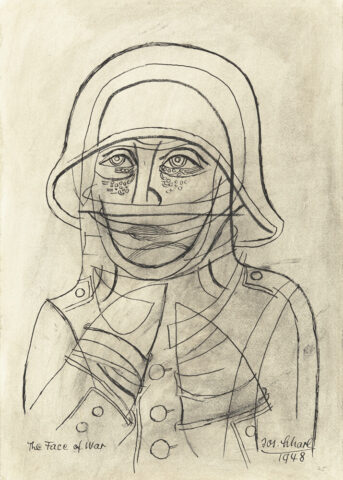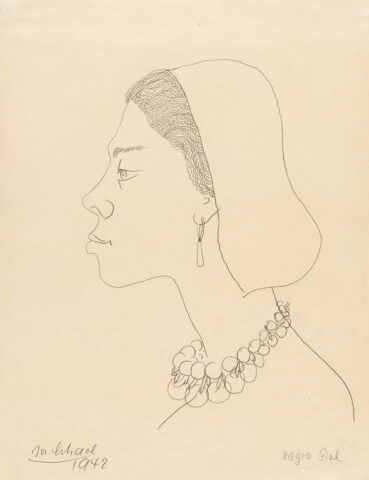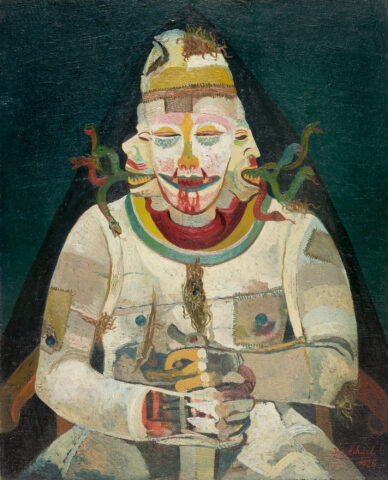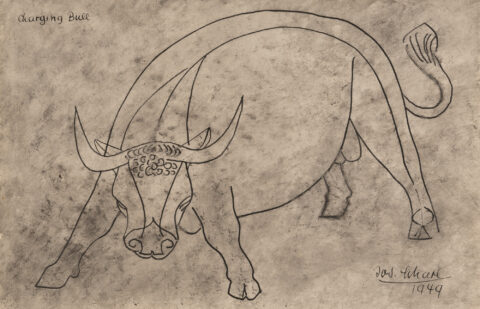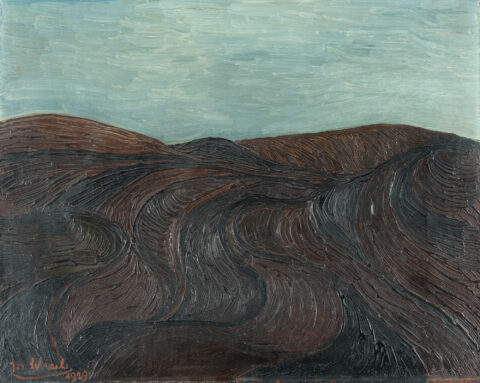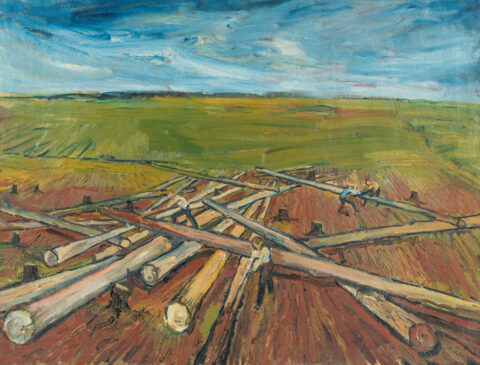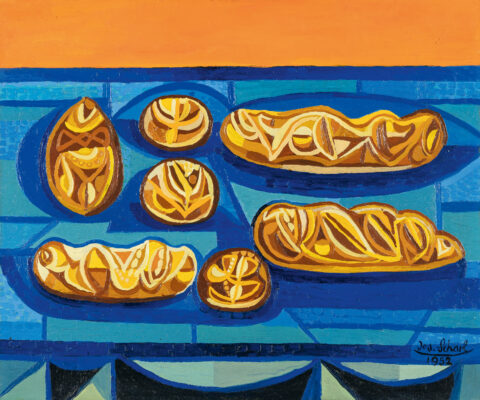Josef Scharl
In 1910, Scharl began his training as a decorative painter at the Munich School of Painting (Westenriederstraße). In 1915, Scharl went into military service, and in 1918 he went to the Munich Academy of Art, where he studied under Heinrich von Zügel, among others. He was recognised as an artist at an early stage. He left the academy in 1921 and joined artists’ associations such as the Munich Secession and the Juryfreie artists’ association, where he successfully exhibited his works. After being awarded the Rome Prize in 1930, he was able to travel to Rome and Paris for several years, where he intensively studied the paintings of Cézanne, van Gogh and, above all, Pablo Picasso. With the onset of National Socialism, Scharl was banned from painting, but in 1933 he was given a solo exhibition at the Neumann-Nierendorf Gallery in Berlin, followed by another in 1935. At the same time, however, his works were defamed by the National Socialists as “degenerate” and derided in corresponding exhibitions. Scharl devoted himself early on to socially critical themes in his art, which was increasingly recognised in the USA. An invitation from the Museum of Modern Art in New York to take part in an exhibition, in which Max Beckmann, Erich Heckel and Karl Hofer also took part, encouraged his plans to emigrate. He emigrated to the USA in 1938. One of his greatest supporters in the USA was Albert Einstein. Scharl was able to build on his artistic successes in the USA, the Nierendorf Gallery in New York continued to promote Scharl and he celebrated many successes in the 1940s: in 1945, the first US monograph by Karl Nierendorf was published and in 1947 he exhibited in New York. After the Second World War, Scharl was again frequently shown in exhibitions in Germany and honoured as an artist. Due to health problems, Scharl spent more time in Switzerland in the last years of his life, where he continued to create many works of art until 1954. Scharl was honoured posthumously with numerous exhibitions.


